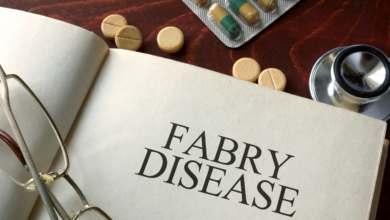Scleroderma: A connective tissue disorder causing hardening of the skin.

What is the Scleroderma ?
Scleroderma is a rare autoimmune disease characterized by the thickening and hardening of the skin and connective tissues. It occurs when the body’s immune system attacks healthy tissues, leading to excessive collagen production.
What are the symptom of Scleroderma?
Symptoms of scleroderma can vary widely depending on the type and severity of the disease. Common symptoms include:
- Hardened skin: This can lead to skin that feels thick, tight, and leathery.
- Raynaud’s phenomenon: This is a condition where the fingers and toes become numb and cold in response to cold temperatures.
- Joint pain and stiffness: This can be caused by inflammation of the joints.
- Digestive problems: These can include difficulty swallowing, bloating, and constipation.
- Kidney problems: Scleroderma can damage the kidneys, leading to kidney failure in some cases.
- Heart problems: Scleroderma can also affect the heart, leading to heart failure or other heart problems.
Who can suffer from Scleroderma?
Scleroderma can affect people of all ages and races, but it is most common in women between the ages of 25 and 50.
What are the type of Scleroderma?
There are two main types of scleroderma:
- Diffuse cutaneous scleroderma: This type affects the entire body, including the skin, internal organs, and blood vessels.
- Limited cutaneous scleroderma: This type primarily affects the skin on the fingers, hands, and face.
Which diagnostic are available for the Scleroderma ?
There is no single test to diagnose scleroderma. A doctor may use a combination of tests, including:
- Physical exam: This can help to assess the thickness and hardness of the skin.
- Blood tests: These can help to identify abnormalities in the immune system.
- Skin biopsy: This can help to examine the structure of the skin.
- Imaging tests: These can help to assess the condition of the internal organs.
What are the treatment of the Scleroderma ?
There is no cure for scleroderma, but treatment focuses on managing the symptoms and preventing complications. Treatment may include:
- Medications: These can help to manage symptoms such as pain, inflammation, and Raynaud’s phenomenon.
- Physical therapy: This can help to improve joint mobility and prevent muscle wasting.
- Occupational therapy: This can help individuals with daily activities.
- Surgery: In some cases, surgery may be necessary to treat complications such as esophageal narrowing or kidney failure.
Which diet should I take ,if any ?
There is no specific diet recommended for people with scleroderma. However, a healthy, balanced diet is important for overall health.
Which speciality of the doctor will Scleroderma?
Scleroderma is typically treated by a rheumatologist, who is a doctor who specializes in autoimmune diseases.
In Scleroderma completely curable ?
No, scleroderma is not completely curable. However, with appropriate treatment, it is possible to manage the symptoms and improve quality of life.





